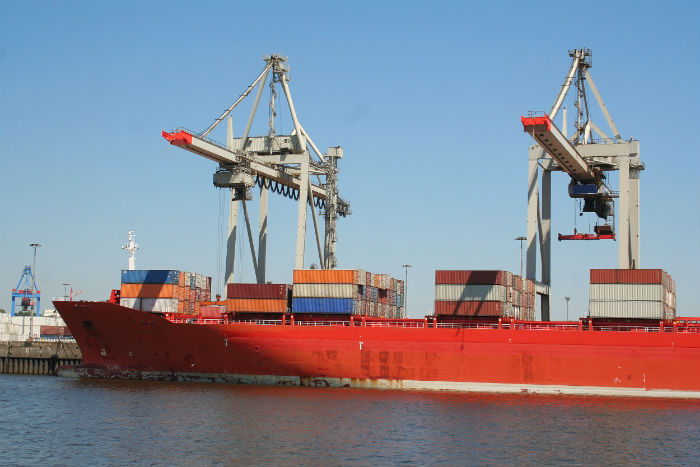The international freight forwarding industry as a whole has been working to understand the true scope of the new China value-added tax (VAT), including who is responsible for paying the new tax. While there is still plenty of confusion surrounding the rule and how exactly it will be implemented long-term, ocean carriers have advised customers that as international transport agencies in China and as the “general taxpayer of the logistics auxiliary industry,” they are subject to the VAT directly from the Chinese government.
While there is still plenty of confusion surrounding the rule and how exactly it will be implemented long-term, ocean carriers have advised customers that as international transport agencies in China and as the “general taxpayer of the logistics auxiliary industry,” they are subject to the VAT directly from the Chinese government.
Shippers associations believe the VAT should only be contained to domestic shipping within China and are lobbying the U.S. federal government to put forth an exemption. In the meantime, ocean carrier have already started charging non-vessel operating common carriers (NVOCCs) and shippers for the VAT via surcharges as of August 1, 2013.
Why then, if you ship FOB, are you liable for the VAT?
Even if a shipper’s international freight is moving Free On Board (FOB), meaning that the seller pays for transportation of the freight to the port of origin, they might be seeing VAT on their import shipping proposals. Many shippers assume that because their freight charges are payable outside China, the VAT should not applicable to their proposal.
At this point, since the ocean carriers have advised customers that they are levied the VAT directly from the Chinese authorities at the port of loading, that direct tax is then passed through the supply chain down to shippers and non-vessel operating common carriers (NVOCCs). During the start of peak shipping season and coupled with general rate increases (GRIs), the burden on the import community could not be worse.
What Exactly is the VAT?
Any Chinese providers of freight transportation services, including road/inland water freight transportation service, port and dock services, freight and passenger terminal services, loading/unloading and handling services will be responsible for paying the new VAT.
Per our previous update, “China’s VAT reform, originally beginning January 1, 2012, is an effort to shift certain types of services from a business tax (BT) to the VAT system. The prime differentiating factor between the two is that the VAT system is generally recoverable since it uses an input-output credit mechanism, while the BT is not. The new circular adds additional amendments, namely for the transportation industry, a tax on all transportation services. The freight amendment, China’s State Administration of Taxation (SAT) released the Cai Shui [2013] No. 37 (Circular 37) Notice on Tax Policy Concerning Nationwide Implementation of VAT Pilot Program for Transport and Modern Services Sectors, was issued by the Ministry of Finance (MOF) and the State Administration of Taxation (SAT). As a result of this notice, the pilot program will be expanded across the country and will repeal and replace the VAT pilot program originally introduced January 1, 2012.”




